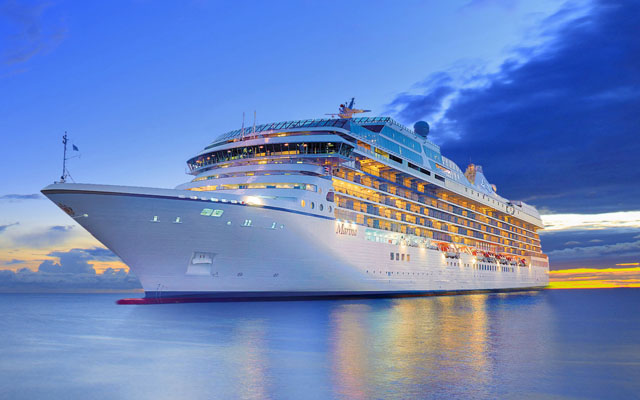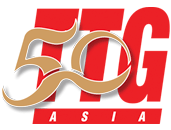
Singapore’s Marina Bay Cruise Centre
IN LIGHT of recent lacklustre tourism performance, the Singapore government will be injecting S$$700 million (US$517 million) to aid the industry over the next five years.
Announced by the minister for trade and industry, S Iswaran, at the Tourism Industry Conference 2016 yesterday, this third tranche of the Tourism Development Fund will focus on three areas – developing tourism products, improving productivity through technology and enhancing manpower capabilities.
Acknowledging that the tourism sector for the past two years has been “more challenging”, Iswaran said: “We must contend with periodic fluctuations caused by uncertainties in the global economy, adverse developments in key source markets, growing competition in the region and domestic resource constraints.
“Against this backdrop, we need two types of responses; strategies that will best position us to benefit from long term growth opportunities; and tactical measures to deal with volatility and challenges in the short term.”
Iswaran pointed out that some of the funding will be directed to “niche sectors with high growth potential” such as the cruise industry, which generates “significant spillover economic benefits” for ground handling services, bunkering and ship repair.
To keep abreast with new technology, Iswaran pointed out that big data and predictive analytics present significant opportunities for the tourism sector.
“It can revolutionise the way we understand our visitors, their tastes and preferences, how we reach out to them, and tailor our products and services to meet their needs,” Iswaran said.
He added that the the Singapore Tourism Board (STB) will expand the scope of support under the Business Improvement Fund with a time-limited Hotel Retrofitting Grant for hoteliers seeking to redesign their premises to implement productivity-enhancing solutions.
STB chief executive Lionel Yeo also shared that as part of STB’s marketing strategies over the next five years, they will be “intensifying trade engagement and marketing efforts” to attract visitors from the top five source markets of Indonesia, China, Malaysia, Australia and India.
STB will also be ramping up efforts in “high-growth secondary cities” such as Surabaya and Medan in Indonesia, Tianjin and Chongqing in China and Ahmedabad and Hyderabad in India, as well as enter newer markets like Myanmar, said Yeo.




















